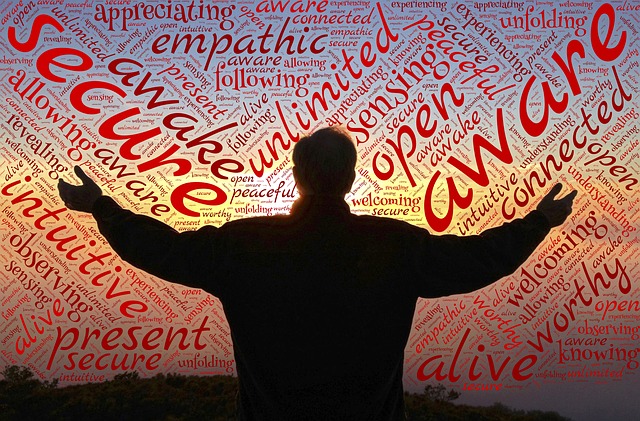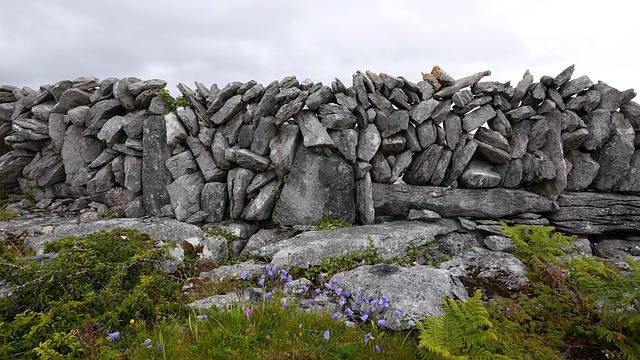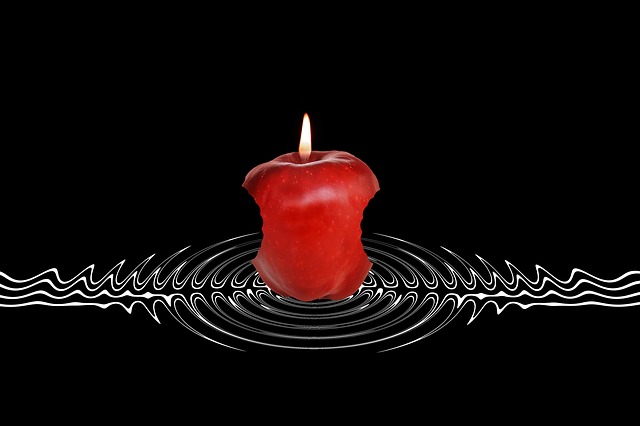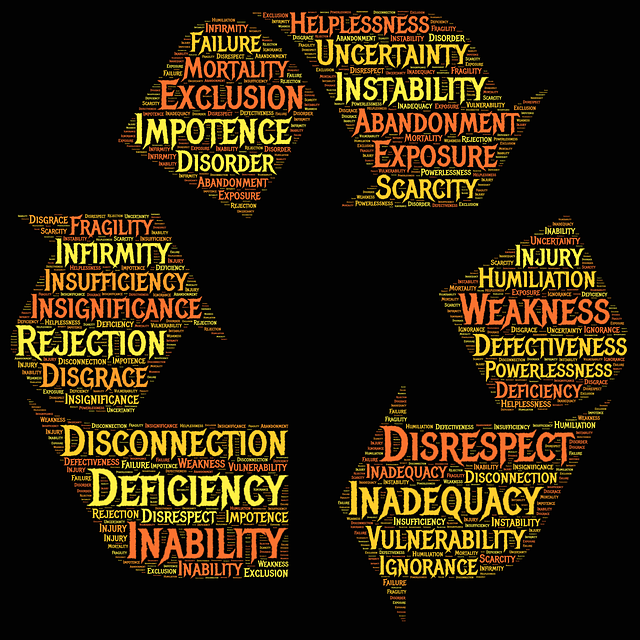In an interview with Tami Simon, Jack Kornfield and Tara Brach share their insights on The Power of Awareness to Change Your Life. In exploring these ideas, I will be building on my previous post based on Albert Flynn DeSilver’s ideas about developing mindfulness and awakening through writing.
Jack & Tara have developed together an online course on The Power of Awareness Mindfulness Training. They each bring to the training discussion and resources, more than 40 years of experience in mindfulness and awareness practice and training .
The first question that exercises your mind when you hear about what Jack and Tara offer is, “What is awareness?” It is not something that can be accessed by definition or thought alone, because it is an experience of a stillness within, a quiet place that precedes thought and sensation. It’s that realisation that you, the whole person – not a part of you – is aware of your thoughts and sensations as you are experiencing them. As Tara explains:
Awareness is the silence that’s listening to the thoughts or listening to the sound; it’s more prior to any of the felt experience through our senses…And you can begin to intuit that there is a space of knowing that is always here and that we are not always aware of it, but it’s here.
That is why The Awareness Training is highly experiential with guided exercises and personal journaling to make explicit the learning and develop deeper insights.
In summarising the ideas presented in this interview, I have identified two key areas that manifest the power of awareness.
Sense of self – changing the narrative
Both Jack and Tara shared what was happening for them prior to awareness training. They discussed their negative thoughts and the stories they told themselves which served to diminish who they actually were and what they were capable of. They spoke of the constraints of their own narrative and the expectation entrapment that locked them into particular patterns of thinking and behaviour.
They see awareness as creating freedom from habituated denigration of self and the realisation of a real sense of self and creative capacity. They maintain that through developing awareness, we can change our self-deprecating narrative, as we step back from our thoughts and perceptions and allow our true selves to emerge.
Relationship building
As we grow in mindfulness and awareness, we are better able to identify and manage the space between stimulus and response. We gain a deep insight into what we bring to a relationship and the associated conflicts – we become more aware of our habituated responses in a conflict situation. We gain a clearer realisation of our self-talk, our tendency to defensiveness, our self-protection born of childhood experiences and our inattentiveness when experiencing conflicted emotions.
Added to this self-awareness, is a clarity about our projections and assumptions about the other person and their behaviour, increased capacity to pay attention to the other person and an openness to their needs and perceptions.
Awareness enables us to deepen our relationships, as it frees us from habituated thoughts and responses and opens up the capacity to listen empathetically and respond creatively.
So, as we grow in mindfulness and awareness, we discover our true self and its potentiality and are able to deepen our relationships through a stronger sense of self and a heightened sensitivity towards the other person in the relationship.
By Ron Passfield – Copyright (Creative Commons license, Attribution–Non Commercial–No Derivatives)
Image source: courtesy of johnhain on Pixabay









